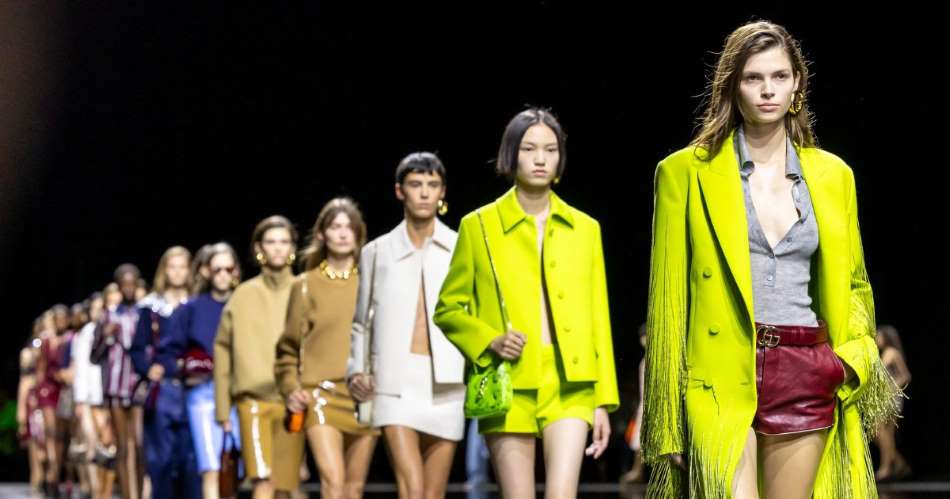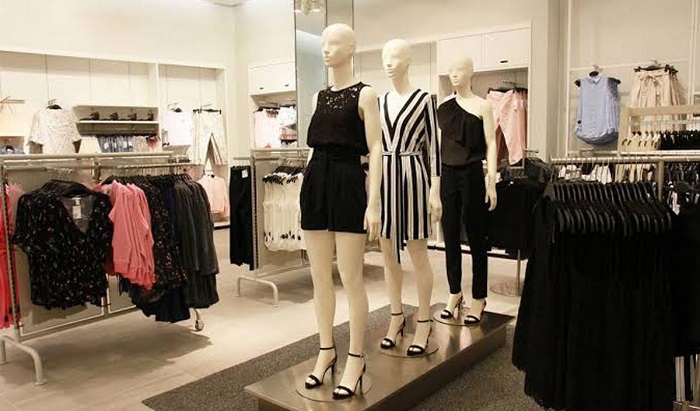
McKinsey’s 2024 ‘State of Fashion’ report points towards significant uncertainty looming over the global fashion industry. Prevailing sluggishness in global economic growth and unabated inflationary pressures signal a challenging landscape. With consumer confidence remaining pessimistic, if not weakened, leaders in the fashion industry are now confronted with the imperative task of pinpointing ‘pockets of value’ and uncovering ‘new performance drivers’.
The trajectory of the fashion industry in 2024 is intricately tied to the collective repercussions of its performance in 2023. A year marked by persistent and escalating challenges, the US and Europe have proven to be slow markets throughout, while China displayed promise in the initial half, only to experience a substantial downturn in the latter part.
Demand fluctuations need resilience
Looking to 2024, the industry braces itself for the impact of the tumultuous demand fluctuations witnessed in recent years. Such times of uncertainty often trigger a ‘bullwhip effect’ in supply chains, wherein minor variations in sales lead to heightened volatility. This, in turn, results in factory underutilization, workforce layoffs, and delayed investments in infrastructure.
Navigating through this intricate web of challenges will require resilience and adaptability from global fashion industry. The identification of innovative strategies to uncover value and the pursuit of novel performance drivers will be paramount in steering the industry through the uncertainties that lie ahead. The interconnected nature of global markets underscores the need for a comprehensive understanding of the multifaceted factors influencing the industry's trajectory.
Luxury to continue leading the sector
In 2024, the luxury segment is poised to retain its position as the primary generator of profits, although the growth outlook has moderated in the range 3 to 5 percent. This marks a notable decline from the robust 5 to 7 per cent growth in the preceding year, signaling a tempering of the post-pandemic optimism that characterized 2022 and 2023.
The US, identified as the globe's preeminent luxury market, is anticipated to exhibit a modest year-on-year growth of 2 to 4 per cent in 2024. This projection represents a slight improvement compared to the 1 per cent growth observed in the first half of 2023. Confidence levels among fashion executives, respondents to the study, reveal a lukewarm growth outlook in the US, Europe, and China. Notably, 51 per cent expressed optimism about promising growth prospects in the Middle East, while 39 and 34 per cent harbor similar sentiments for India and the Asia Pacific region, respectively.
The overarching forecast for the global fashion industry points towards a top-line growth of 2 to 4 per cent in 2024. However, it is acknowledged that economic growth disparages globally, leading to regional variations in the predicted growth rates. While Europe and China are expected to maintain subdued performance, the anticipated upturn in the American economy may act as a catalyst for growth there.
Price increase on the agenda
The State of Fashion 2024 report reveals 69 per cent executives plan price increases (1-5 per cent) to counter ongoing inflation. Interestingly, 198 per cent consider holding ticket prices steady, while 12 per cent anticipate a decrease (1-5 per cent) prioritizing inventory movement over profits. Looking ahead, 71 per cent of executives aim to boost sales in 2024, up from 63 per cent the previous year. The industry's net intent to raise prices is 50 per cent, with 69 per cent of executives planning increases (up from 58 per cent). Success in implementing price hikes is expected through a precise and tailored approach, as outlined in the report.
Sustainable models to become strategic priorities
Sustainability, according to the report, is the green field of opportunity as well as the biggest challenge brands can expect in 2024. Around 21 per cent stated their brands are looking towards a balanced implementation of sustainability through scaled improvements, risk reductions and gaining competitive edge through investing in new-age textiles. However, 12 per cent executives aren’t necessarily feeling the optimism as not only rising regulatory pressures from local governments but also the scale of the task of restricting towards greater sustainability in uncertain times poses huge financial implications. And 12 per cent site sustainability as their identified ticket to success in 2024.
The report also covers a slew of other points that will have a significant impact such as the upcoming economic headwinds, fashion systems, influences and prominent trends.












